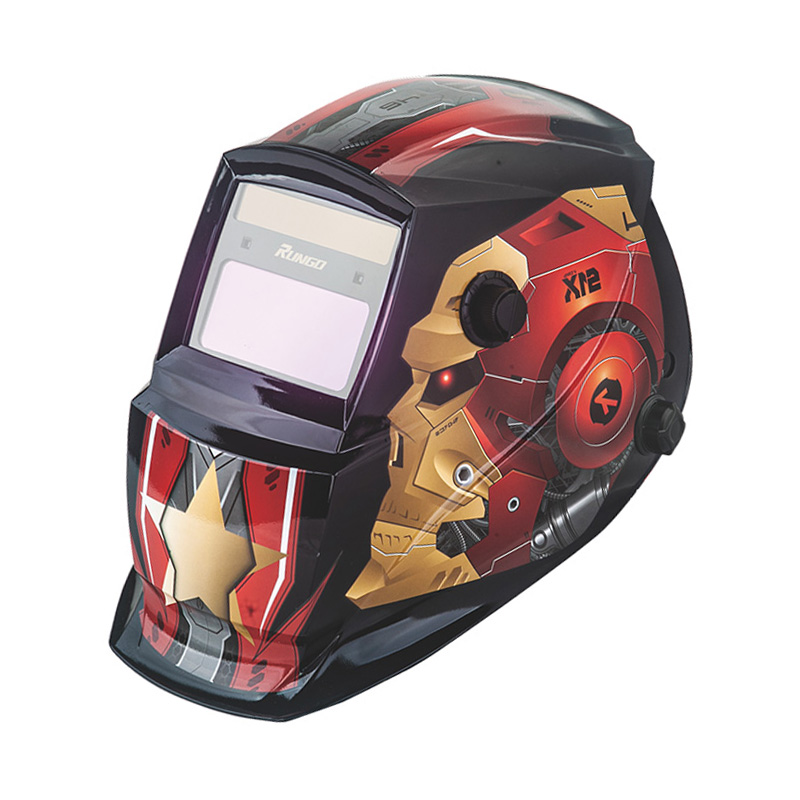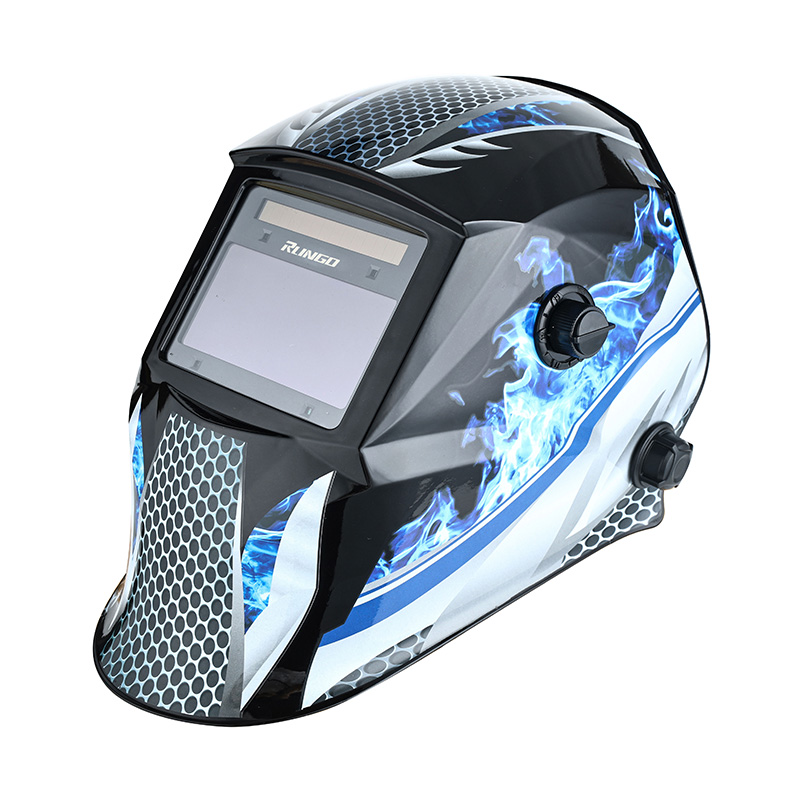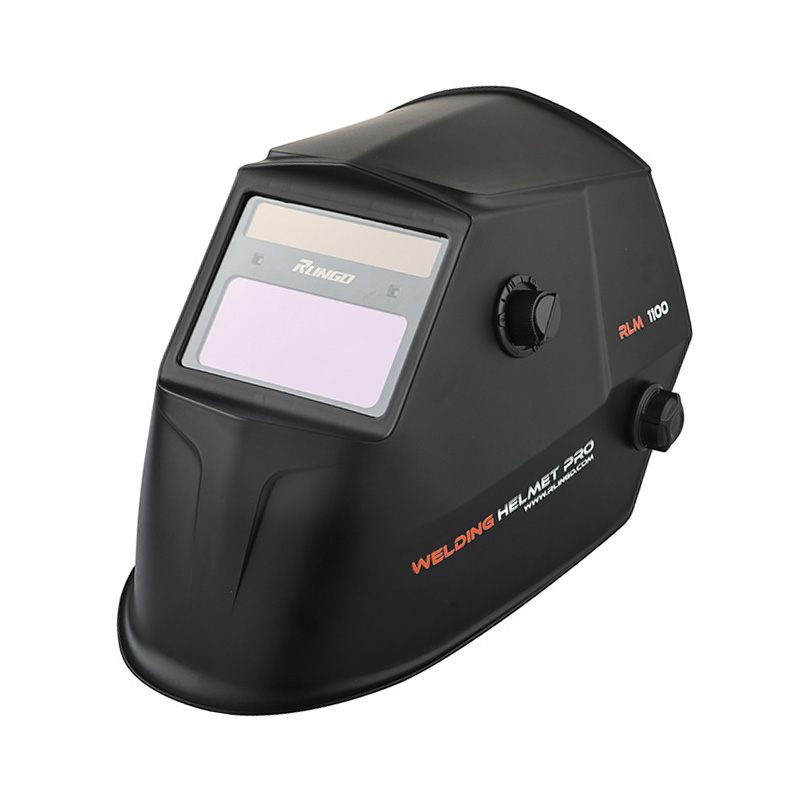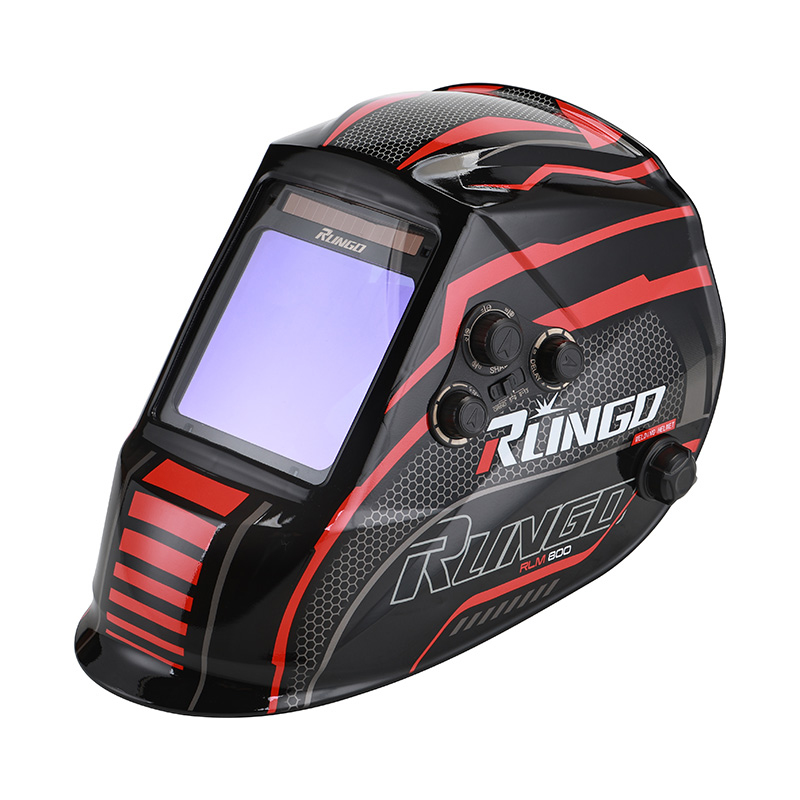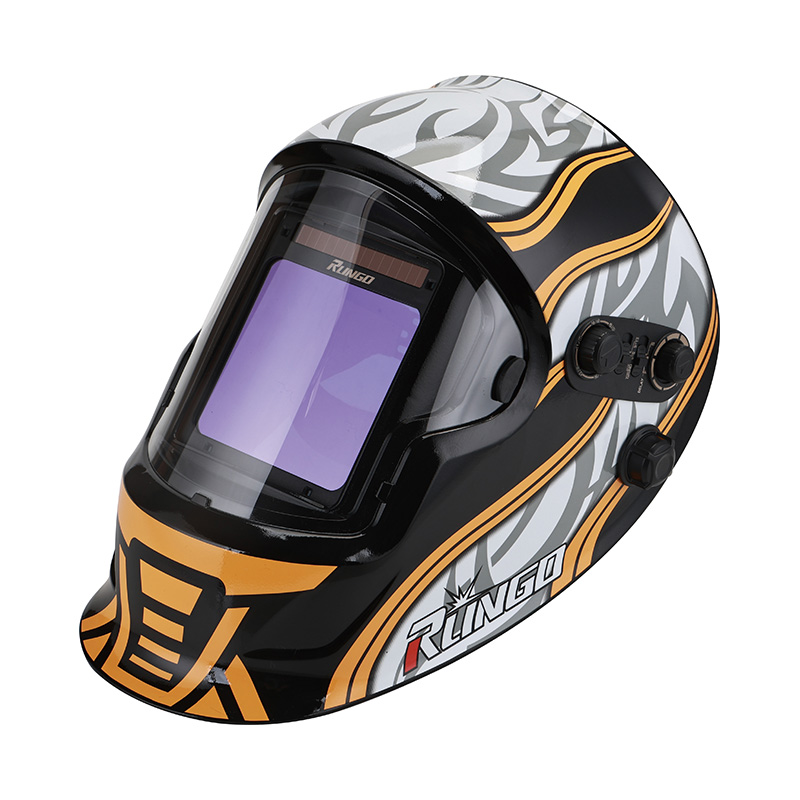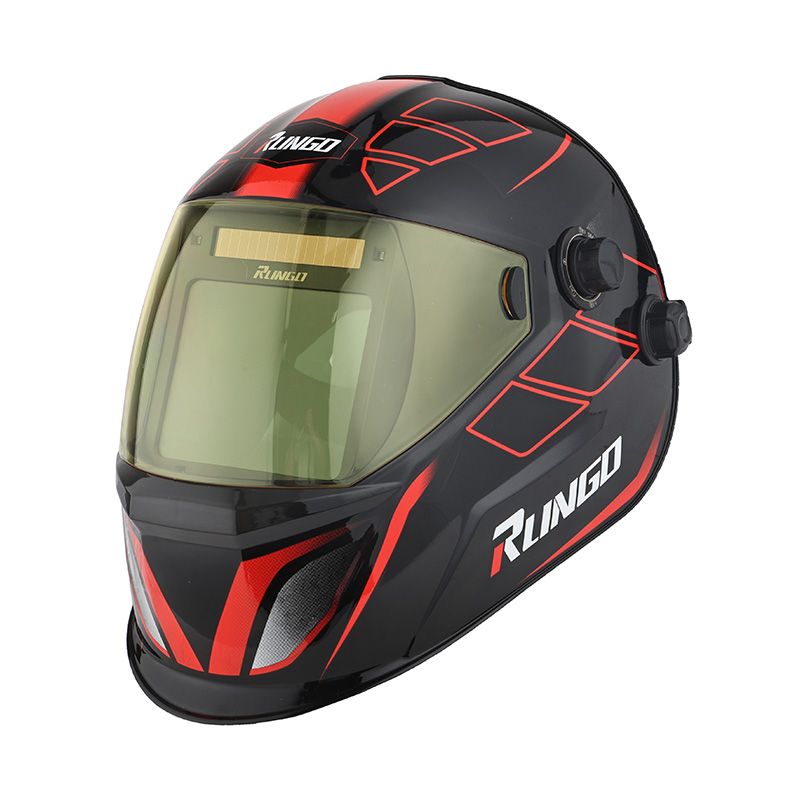Adjustability of Sensitivity and Shade Levels in Auto Flash Welding Helmet
2025-11-21
Importance of Adjustable Features
An Auto Flash Welding Helmet plays a crucial role in protecting welders from harmful light, sparks, and ultraviolet or infrared radiation. One of the significant features for professional and hobbyist welders alike is the ability to adjust both the sensitivity and shade level of the helmet. These adjustable settings ensure that the helmet responds appropriately to varying welding conditions, providing both suitable visibility and safety. Without this adjustability, welders may struggle with improper protection or insufficient visual clarity, affecting the quality of work and overall safety.

Sensitivity Adjustment and Its Function
The sensitivity setting determines how quickly the helmet’s auto-darkening lens reacts to the welding arc. High sensitivity allows the lens to darken almost instantaneously, which is particularly useful for low-amp welding or when working with short, intermittent arcs. Lower sensitivity settings are more suitable for high-amp welding, where the brightness of the arc is sufficient to trigger the lens automatically without delay. Proper sensitivity adjustment prevents both premature darkening, which can hinder visibility, and delayed response, which can expose the eyes to harmful radiation. This feature is especially important in diverse welding environments with fluctuating light conditions.
Shade Level Adjustment and Its Role
Shade level control determines how dark the lens becomes once the helmet detects the arc. Auto Flash Welding Helmets typically offer a range of shade levels, allowing welders to select the appropriate darkness for different welding processes, including MIG, TIG, and Stick welding. A lighter shade may be ideal for observing the workpiece at the start or end of a weld, while a darker shade ensures protection during high-intensity arcs. Being able to fine-tune the shade enhances both safety and precision, as welders can maintain a clear view without compromising eye protection.
Impact on Welding Performance and Safety
Adjustable sensitivity and shade levels directly influence welding performance. Helmets that allow customization prevent eye strain, headaches, and long-term vision damage, ensuring that welders can work efficiently for extended periods. Additionally, suitable adjustment helps welders maintain accuracy and control over the weld seam, producing higher-quality results. Without these adjustable features, welders may face difficulty seeing fine details, causing errors, rework, and potentially unsafe conditions.
User-Friendly Design Considerations
Most modern Auto Flash Welding Helmets are designed with easy-to-use controls, often including external knobs or digital interfaces for adjusting sensitivity and shade quickly. This user-friendly design allows welders to make real-time adjustments without removing the helmet, maintaining continuous protection while adapting to changing welding conditions. Some helmets also feature memory settings, which store preferred sensitivity and shade levels for different processes, further improving convenience and efficiency on the job.
The adjustability of sensitivity and shade levels in an Auto Flash Welding Helmet is a vital feature for both safety and welding precision. By allowing welders to customize how quickly the lens reacts and how dark it becomes, these helmets provide protection tailored to specific welding processes and conditions. This flexibility not only prevents eye strain and long-term damage but also enhances welding performance and accuracy. Overall, adjustable settings make the Auto Flash Welding Helmet a versatile, reliable, and essential tool for professional and hobbyist welders alike.

